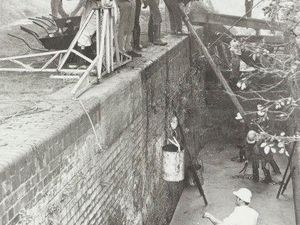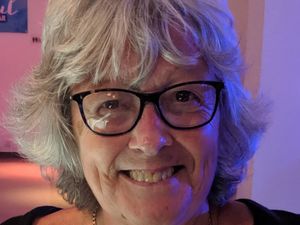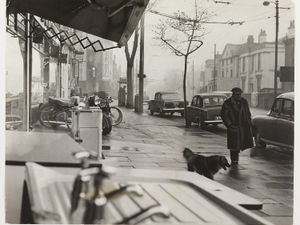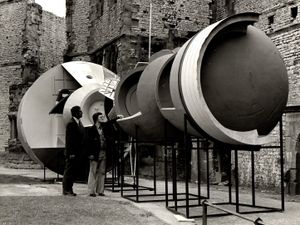RAF 100: The returning prisoner who captured Marie's heart
As the boys from the RAF came home from tough captivity abroad, they were processed through RAF Cosford.
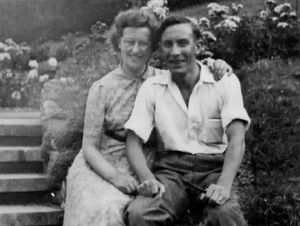
And young WAAF Marie Goddard met every single one of them. Including, as it happened, the man destined to become her husband, who had a particularly tough time as a prisoner-of-war in the Far East .
"RAF Cosford was only a reception centre for returning RAF prisoners-of-war, from any theatre of war in World War Two - that is, not for any other servicemen," said her daughter Mrs Margaret Martin, who is welfare officer and secretary of the Java Far East Prisoners of War Club 1942.

"This was confirmed to me by my mother who was a WAAF and stationed there. She was the only one, of the four medical clerks, who was qualified to take down the doctors' notes and therefore met every single POW from Europe and the Far East.
"During the whole of the summer and autumn of 1945 she was on duty 24/7, sleeping on her bed in her uniform and getting up every time there was an alert that a plane was coming in with more POWs. She was recommended for an MBE but it naturally went to her officer!
"Mum was the WAAF who met Douglas Bader (a famous fighter ace who had lost both legs). He flew home alone on a plane. Mum was dozing on her bed, again, fully dressed when she was alerted to the incoming flight. Naturally she had no idea who he was at that time.
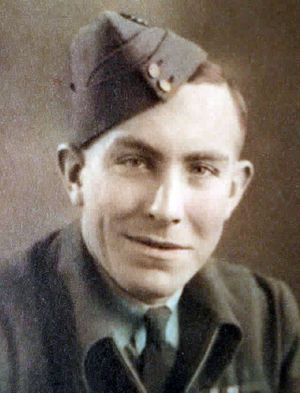
"Bader did apologise for her having to get up in the middle of the night to process his arrival. He was also shocked when he saw the Far East prisoners-of-war."
Marie, who died eight years ago, was born on February 9, 1920, and lived in Exmouth before volunteering to join the WAAFs - that is, the Women's Auxiliary Air Force.
She was posted to RAF Cosford in 1944 where she was a shorthand typist, then a medical clerk in Medical Documents Section, 106 PRC (Personnel Receiving Centre), when meant she met all returning POWs during their early processing.
Margaret said that many of the POWs returning from the Far East, including her father Fred Freeman, went into the hospital at Cosford, and a plaque marked the spot.
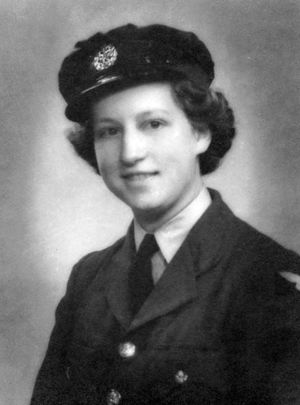
"Mum had fallen when one of the guard dogs on camp pushed behind her and she broke her leg so she was in hospital. As part of the physiotherapy mum was making a leather stationery folder and needed the punch which was in the men's area so, with another girl as chaperone, mum went over and asked for the punch (great hilarity!).
"The men 'swarmed round like bees round honey' to quote her, because they'd only seen a few women for three and a half years, when Fred moved through the crowd to rescue her. She 'saw his lovely white teeth and that was it'!
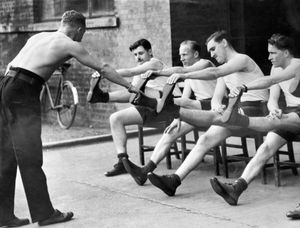
"She said they used to go to the cinema on camp at Cosford, which is still there, to watch 'The Picture of Dorian Gray', which was released in 1945, but, she said, for some reason they never saw the end!
"They became engaged in 1946, about six months after Fred arrived home, and married on April 21, 1947. They always said that it was a miracle that they met - with her living in Exmouth and him in Brighton and, through the war, they met in Cosford."
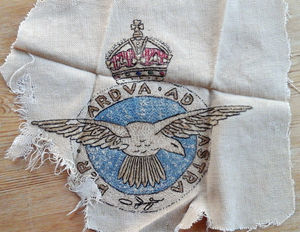
The gathering to celebrate the engagement of Corporal Freeman and Aircraftwoman Goddard was held at The Crown in Albrighton on August 14, 1946.
Margaret, who lives at Portslade, near Brighton, added: "Most of the FEPOWs suffered long term issues. Some have been helped by Combat Stress in recent years but sadly it came too late for most. They tell us that The Java FEPOW Club (www.thejavafepowclub42.org) has been of great help to them; we offer the camaraderie, as well as the welfare benefits that are due to them as well as helping their families and friends, as well as researchers, to understand what happened to their own FEPOW."

